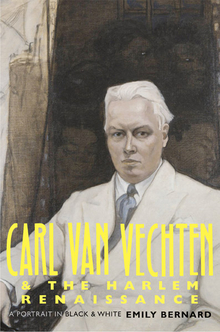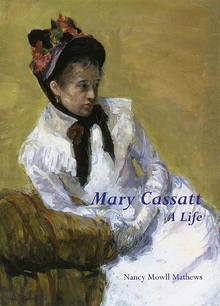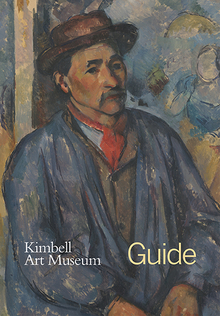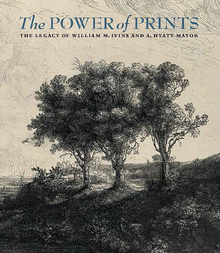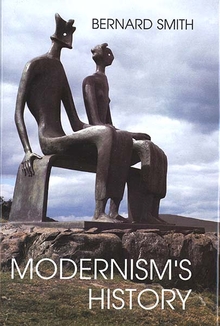Carl Van Vechten and the Harlem Renaissance
WARNING
You are viewing an older version of the Yalebooks website. Please visit out new website with more updated information and a better user experience: https://www.yalebooks.com
A Portrait in Black and White
Emily Bernard
Out of Print
Read Emily Bernard's essay on her own relationship with Carl Van Vechten on the Yale Press Log.
A groundbreaking inquiry into the life of the audacious Carl Van Vechten and his singular and singularly controversial contributions to the Harlem Renaissance
"Captures the era and the colorful personalities who punctuated it, including Langston Hughes, James Weldon Johnson, Zora Neale Hurston and Countee Cullen, all of whom Van Vechten befriended and promoted."—Sam Roberts, New York Times
Carl Van Vechten was a white man with a passion for blackness who played a crucial role in helping the Harlem Renaissance, a Black movement, come to understand itself. Carl Van Vechten and the Harlem Renaissance is grounded in the dramas occasioned by the Harlem Renaissance, as it is called today, or New Negro Renaissance, as it was called in the 1920s, when it first came into being. Emily Bernard focuses on writing—the black and white of things—the articles, fiction, essays, and letters that Carl Van Vechten wrote to Black people and about black culture, and the writing of the Black people who wrote to and about him. Above all, she is interested in the interpersonal exchanges that inspired the writing, which are ultimately far more significant than the public records would suggest.
This book is a partial biography of a once controversial figure. It is not a comprehensive history of an entire life, but rather a chronicle of one of his lives, his Black life, which began in his boyhood and thrived until his death. The narrative at the core of Carl Van Vechten and the Harlem Renaissance is not an attempt to answer the question of whether Van Vechten was good or bad for Black people, or whether or not he hurt or helped Black creative expression during the Harlem Renaissance. As Bernard writes, the book instead “enlarges that question into something much richer and more nuanced: a tale about the messy realities of race, and the complicated tangle of Black and white.”
Emily Bernard is an associate professor in the English Department and ALANA U.S. Ethnic Studies Program at University of Vermont. Her books include Remember Me to Harlem: The Letters of Langston Hughes and Carl Van Vechten, a New York Times Notable Book of the Year. She lives in Burlington, VT.
"Carl Van Vechten and the Harlem Renaissance convincingly captures the era and the colorful personalities who punctuated it, including Langston Hughes, James Weldon Johnson, Zora Neale Hurston and Countee Cullen, all of whom Van Vechten befriended and promoted."—Sam Roberts, New York Times
"Deeply informed, shrewd, and convincing, Emily Bernard’s portrait of Carl Van Vechten illuminates his colorful life as well as some of the more shadowy but essential issues involving art, society, and race relations in America."—Arnold Rampersad, author of The Life of Langston Hughes
“Emily Bernard moves to the front of the line of scholars who have re-cast the Harlem Renaissance and opened up questions about the complexity of cross-racial desire and obsession as it plays out on the cultural front. An intrepid scholar, Bernard dives right into the waters of racial misunderstanding, political incorrectness, and the unfettered love that drove Van Vechten's career. This is a passionate, dead-serious exploration of and meditation on nothing less than negrophilia and its cultural yield. This book is a gem, and it will be influential for many years to come.”—Elizabeth Alexander, author of The Black Interior
"Important and engrossing."—Gay City Times
"A thoughtful reconsideration of Van Vechten's career as both a writer and an effective champion of Negro writers."—Kalefa Sanneh, New Yorker
Publication Date: February 28, 2012
41 b/w illus.

